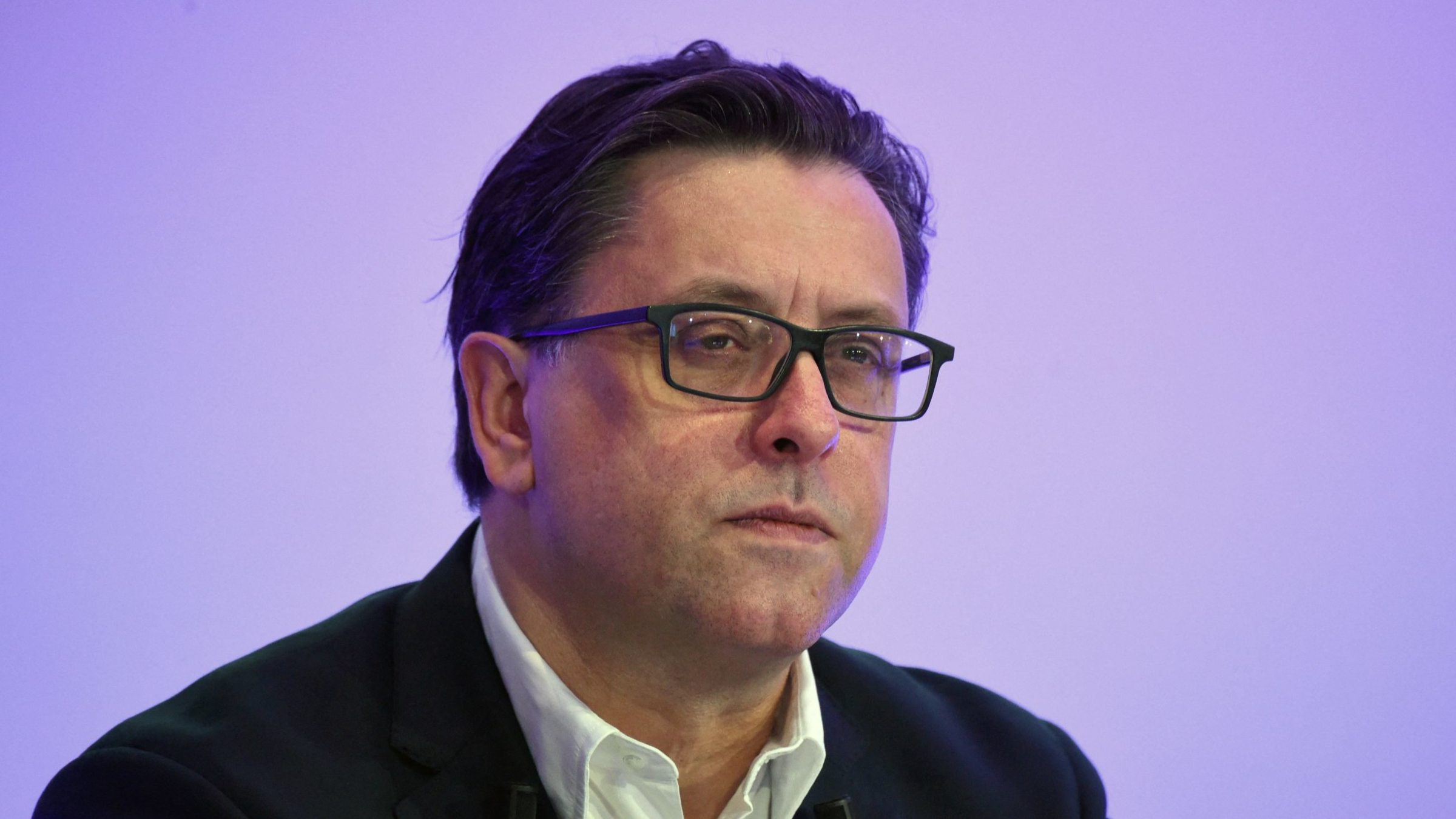
Paul Hudson, Sanofi CEO (Eric Piermont/AFP via Getty Images)
Paul Hudson: Sanofi 'least exposed' to generic competition as Big Pharma doubles down on Dupixent
As Sanofi gears to change strategies to increase Dupixent sales and add indications amid a sprawling R&D trim, CEO Paul Hudson gave some insight into …
Sign up to read this article for free.
Get free access to a limited number of articles, plus choose newsletters to get straight to your inbox.